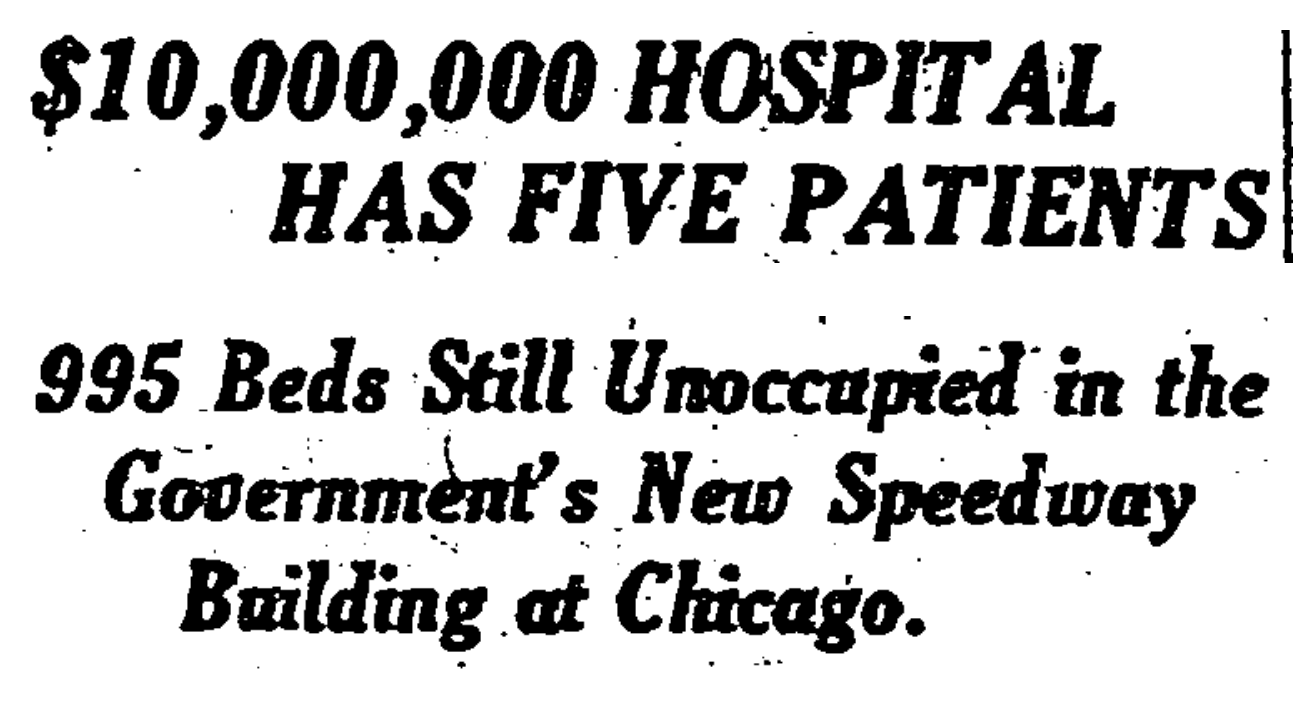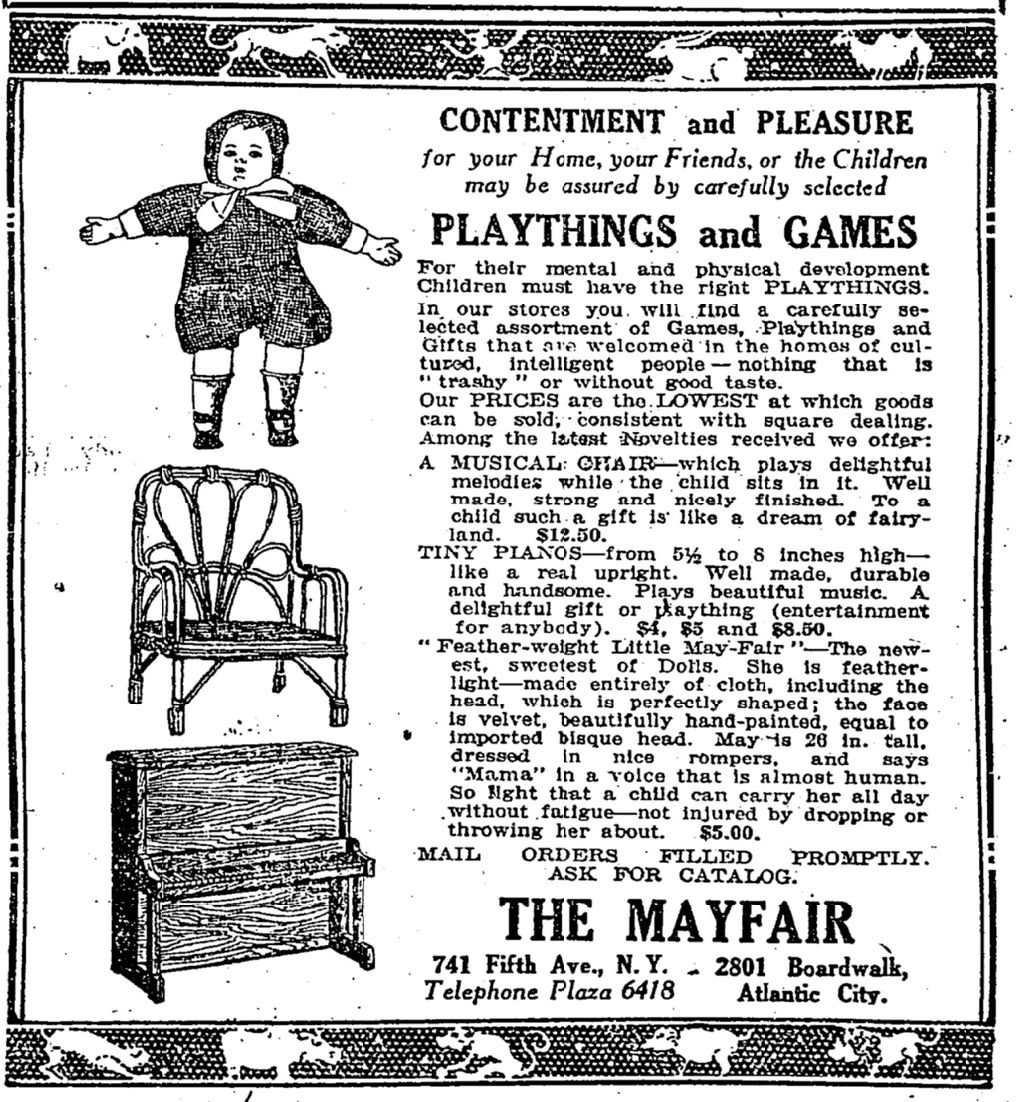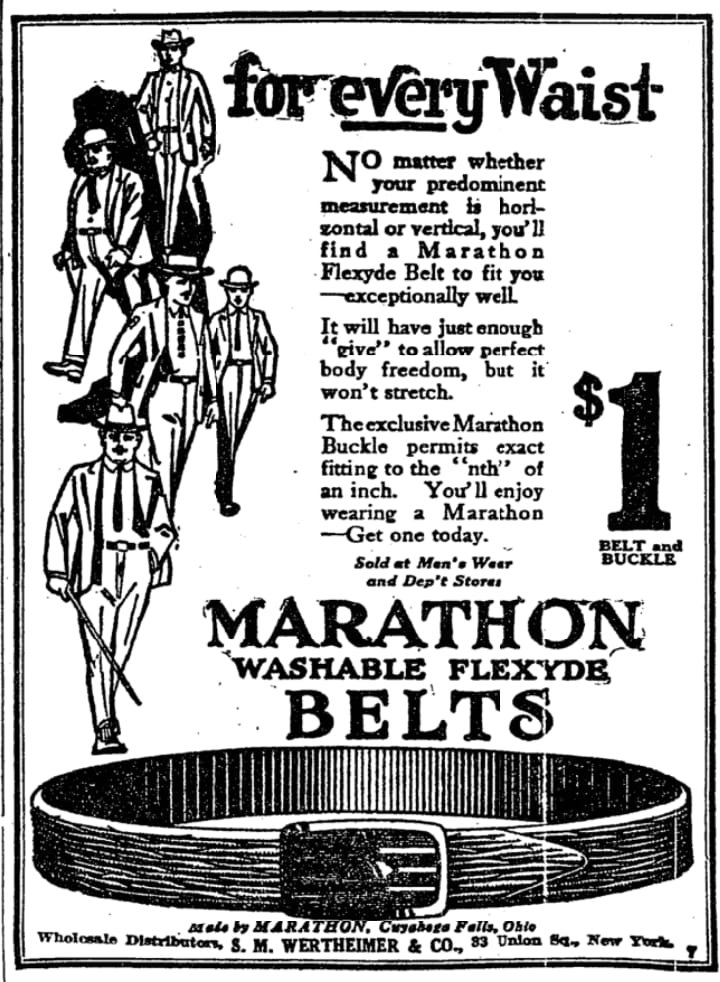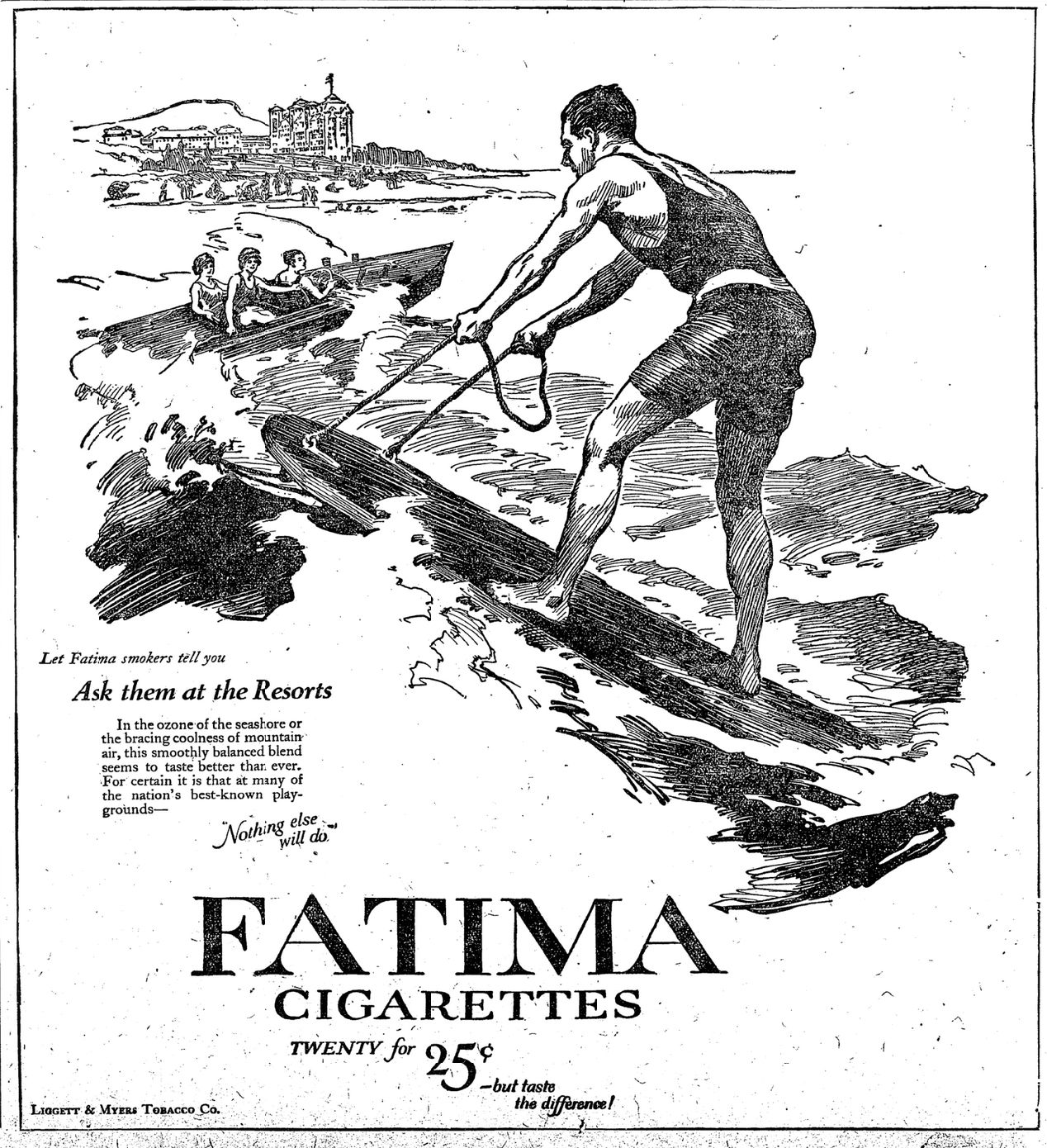- Strange Times
- Posts
- Strange Times 229: "Shot Down In Cold Blood"
Strange Times 229: "Shot Down In Cold Blood"
How Trenton fought the Ku Klux Klan.

Founded in 2017, Strange Times is a twice-monthly newsletter that explores the weirdest news of 1921, one day at a time. To get free games and the original PDFs of every article that runs in Strange Times—plus stories that didn’t make the cut—back me on Patreon.
To Kill a Cook
I set To Kill a Cook in 1972 because that year marks a crucial divide in the history of American cooking, when old school French chefs like our murder victim was giving way to what would eventually be called “New American” cooking. So you could get stone cold French classics like pressed duck or eggs in aspic at La Côte Basque, but you’d also see the beginnings of seasonal cooking at The Four Seasons. And of course, there are the nightmarish creations of 70s dinner party fame swimming around in the background.
Researching this stuff was a delight—I’ll share some favorite recipes down the line—and helped me portray the food not as a disgusting throwback but as a lost art. If that sounds compelling, preorder the book today.
Things I Like
The Curse of Monkey Island! In keeping with my commitment to bring you only the most up to date, relevant recommendations, I wanted to clue you into this cool new game from, uh, 1997. I’ve been playing it with my kid and it remains silly, smart, and beautifully animated.
The “Ode to Joy”! Another deep cut! The “Ode to Joy” may be the most famous melody in the Western canon. It’s also so simple that it’s like the third thing you learn when you’re taking piano lessons. When he’s not rampaging around Blood Island looking for stuff to smash with a mallet, my seven-year-old has spent the week happily plonking out the “Ode” over and over again and it makes me happy every time.
Upton Tea! I’ve been buying from Upton Tea for about twenty years and they’ve never disappointed. They sell all kinds of fancy teas but they’re also great for a straightforward, workhorse black tea. If you like a strong cup of black tea with milk, this is my go to.
Today we have a war against the Klan, a stranded swimmer, and an empty hospital. Fight white supremacy every day, including…
August 17, 1921
Soviet Russia announces an end to prohibition, putting the country “on a light wine basis” as beverages containing up to 14 percent alcohol are now legal to make and sell.
In Rockville Center, Long Island, a thoroughbred Airedale is in critical condition after receiving 300 wounds during a fight with a porcupine.
Brooklyn woman Mary Cummo is arrested as “the brains” of a six person liquor running ring.
The Weather: Increasing cloudiness, followed by showers this afternoon or tonight and tomorrow.

In which Trenton’s director of public safety takes a hard line against the KKK. For more on the Klan’s history in and around New Jersey, check out this piece in The Trentonian, which suggests that Labarre kept his promise, although he couldn’t stop the Klan from taking root in the city’s suburbs. Read to the end to find out how the Jersey Klan collapsed after its leader, Reverend R. Carl Ziegler, abandoned his wife and children and ran off to El Paso with his 22-year-old neighbor and $1,000 in Klan funds.
TRENTON, N.J. Aug. 16.—Having obtained evidence that formation of a branch of the Ku Klux Klan is contemplated here, Director of Public Safety Labarre said today that if any overt act were committed, the members would be sent to jail, or “if necessary, shot down.”
“Should such organization be formed here, we could not of course take any action until some overt act had been committed,” he commented, “but immediately such an act is committed I will take prompt action against the organization. I do not intend to permit race war in this city and I will use every means to have the members sent to jail or prison. I will also use every method available to determine who the members of the klan are. In view of the fact that such organization is being considered here, I will have the police be even more vigilant. If the members do commit any acts tending to race war or such disturbances, they may as well know that they will be sent to jail or shot down in cold blood if necessary. They can’t do anything of that sort here and ‘get away with it.’”

The message poor K.L. Shiras scrawled out is chilling. Honestly I can’t believe they found the guy.
BAYFIELD, Wisconsin, Aug. 16.—K.L. Shiras, a Canadian, spending the Summer here, is in a hospital recovering from a thirty-six-hour vigil in a stony, wave-beaten cave at Squaw Bay Point, one of the most desolate on Lake Superior, where he was marooned during a heavy storm.
Shiras was brought here by fishermen, who found him clinging to his desolate haven, exhausted and clad only in the shreds of a bathing suit. His body had been badly bruised from forceful contact with the sharp crags.
Prepared for death, Shiras had scratched this farewell message into the rocks with a sharp piece of sandstone:
“Water cold. Lost canoe Aug. 9. K.L. Shiras. Finis. Love to all at home.”

This makes the hospital sound like a horrible boondoggle—and I admit it sounds kooky to build a hospital without ORs or elevators, even in 1921—but according to Wikipedia it was nearly full by 1922. Fun fact: The hospital building was incredibly long but also very narrow, so that every room could have sunlight!
CHICAGO, Aug. 16.—With two miles of spotless white corridors, 1,000 beds and all the equipment of a new hospital at their disposal, five wounded doughboys are “sittin’ on top of the world” at Speedway Hospital, the Government’s new $10,000,000 structures at Maywood, a suburb. The hospital was opened a week ago, and so far has received only five patients.
“It’s pretty hard in some ways—only us five guys in the place,” said Sergeant Harlow B. Garthwaite, late of C Company, Sixth Field Signal Battalion. “We’ve three Majors, two nurses and two orderlies worrying over us. They’re killing us with kindness. Why, we’ve got one Major detailed exclusively at swatting mosquitos.”
The hospital according to Major Mark J. White, who is in charge, will handle only convalescent cases, as it has no operating rooms or elevators. The structure is four stories high and one-half mile in length.


